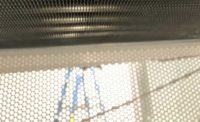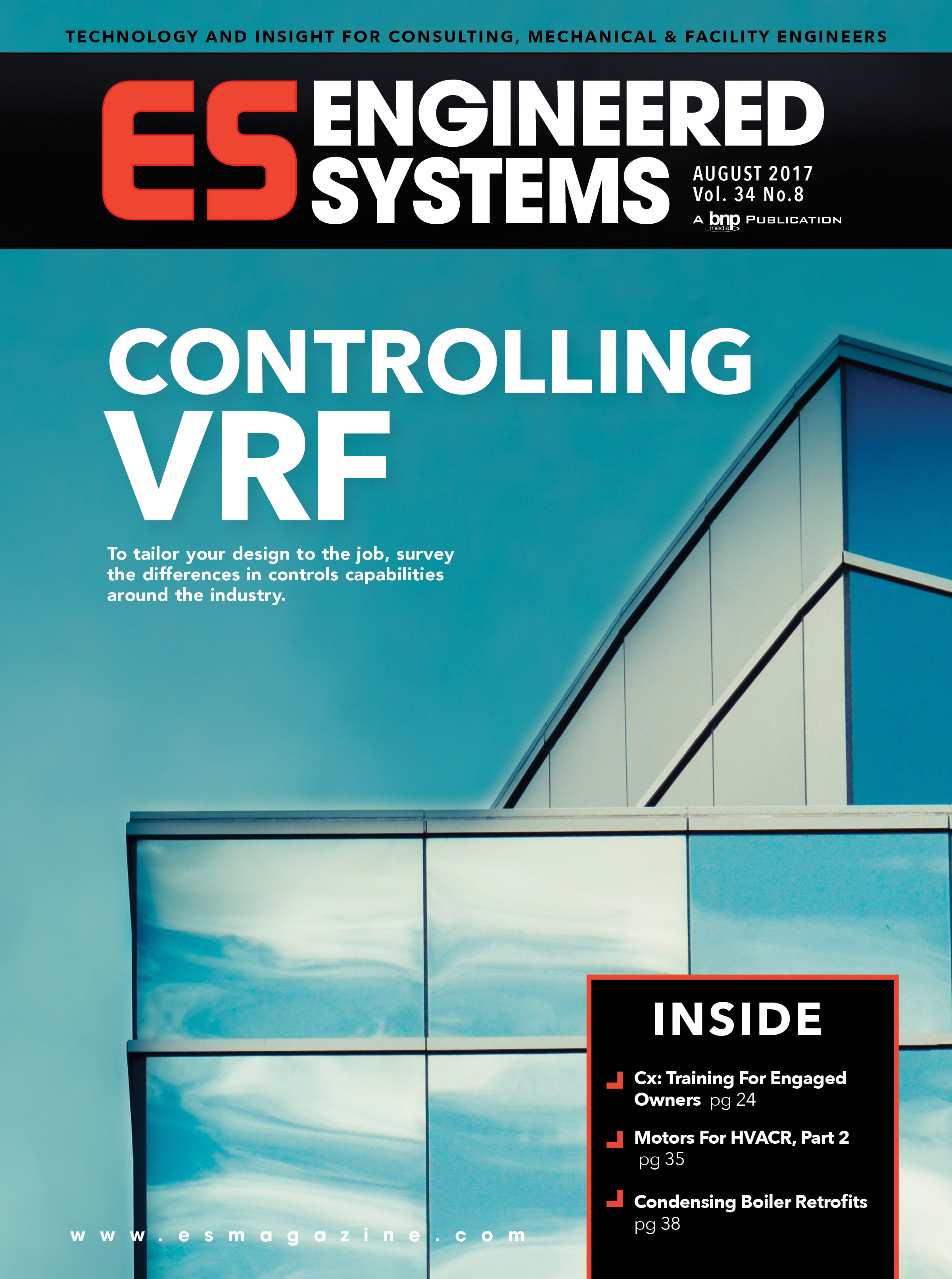Is noted in last month’s issue, I am starting to my 21styear writing this column. During that time, I wrote 30 of my 240 columns about O&M, touching on topics such as CMMS, PM workorder systems, training, facility management, telephone modem-to-Internet access, bar coding, and handheld technology. While I have championed each of these themes, and many a reader would contact me and congratulate me on the column, little has happened in the “real world” until probably the past two to three years.
I believe the reason many of my thoughts/columns are finally becoming reality is not because of my writing, but thanks to Steve Jobs who passed away last October. In my March 2003 column, I talked about 19th-century brass valve tags and the idea of barcoded identification tags using handheld devices to scan and read information from the iPad. I thought this was a no-brainer, but nothing much happened until recently.
During this time, Steve Jobs’ company was continuously championing his vision of handheld technology while, unbeknown to him, I was writing about the potential of this technology in the building industry. How he was able to get much of the world’s population, without complaining, to use their oversized fingers and thumbs to send text messages on tiny computerized, wireless devices has been amazing to observe (although I do believe some of these disciples need to put their handheld devices away when entering a men’s room).
In a discussion with Amanda Parolise, who writes “The Facility Files,” she noted that with today’s iPad junkies, we can say there is hope that we have finally left the 20thcentury behind. Her firm is helping to modernize facility management by developing programs using wireless technology. After going back and looking at some 30 columns I had published on facility management, Amanda showed me what her company has been doing in sync with most of the ideas I wrote about. Today, it is possible to deliver a proactive maintenance management system (“CMMS Ready on Day One of Occupancy,” February 2004). The estimated cost is 1/10 of 1% of the construction cost to have a CMMS in place, asset database populated, PM workorder documents, and iPad (or other handheld devices) programmed and ready to go. This strategically planned facility management approach can be, and is, connected to the Internet via a wireless connection so that access, monitoring, and documenting can be done efficiently and in a timely manner.
So, after all these years of suggesting there was a better way, there are facility managers today who are saying that handheld devices, computerized O&M programs, and open-protocol access to the operating system is their standard operating procedure.
Through the use of time-tested, web-based technology, building programs managers can show that using today’s facility management software can seamlessly perform activities such as reporting compliance with industry (e.g., JCAHO) guidelines and regulations. With improved O&M efficiency they can also show improved customer satisfaction, which is a win-win with facility image being elevated based on customer satisfaction.
Inherent with most computerized database is the ability to collect, sort, and report on each aspect of building management when handheld devices and facility management programs are used. Today, because iPad- and iPod-armed operators and technicians are fluent in using these devices, asset management and data collection is achievable.
While Steve Jobs probably didn’t have facility management on his mind when thinking about all this really cool technology, he sure has made the difference today for those proactive managers who know that by having the design team specify what they really need in Division 1 of a building program’s contract specification, they have displaced 20th-century technology (“Tomorrow’s Engineer,” May 2005).
With routine data input occurring as the O&M department uses their tablet computer, iPod, iPad, etc., the information can be just as easily brought out of the server’s database with the click of a icon on the computer’s toolbar. As a result, a facility manager can efficiently convert the performance information into a pie chart or Gantt chart so the layperson can understand the historical data, breakout of utility consumption, completed workorders, complaint reductions over the past year, etc. A picture is worth a 1,000 words, and Steve Jobs made pictures part of 21st-century facility management through computer technology.
Want to know more? E-mail Amanda at amckew@interprosoft.comand she can share with you how facility management can be at the touch of your finger.ES






